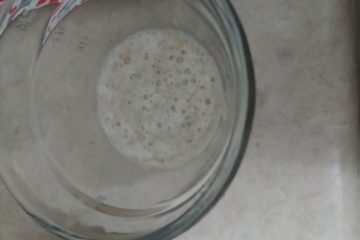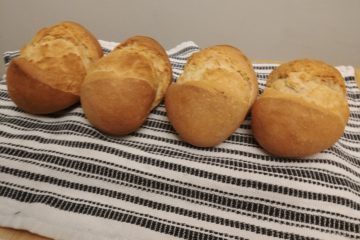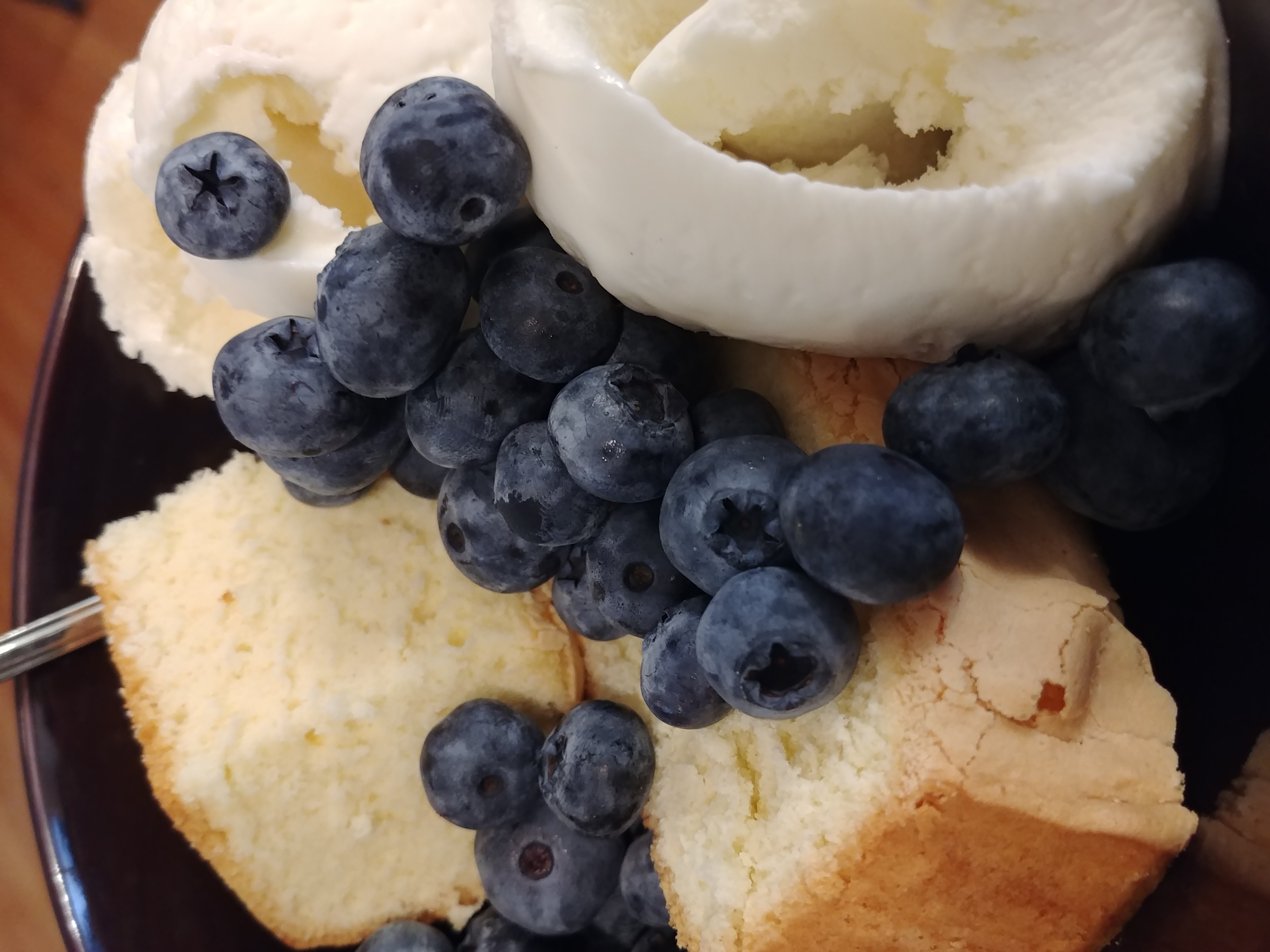Note: A later version of this was published in Petits Propos Culinaires Issue 108, May 2017 p74-76 “The Lack of Evidence Regarding the Existence of Classical Roman Pasta”.
In some of my previous work I mentioned that Roman legions had pasta. This is a bit of a contentious subject and the traditional story is that pasta came to Europe via China, the other tradition is that it was introduced to Sicily by the Arabs in the 9th century. We had a discussion of this on the SCA Cooks Facebook page and so I looked into whether or not there was proof of pasta existing in Classical Rome and Greece.
In “The Human Factor in Applied Warfare” Birkbeck discusses roman legion food including the inclusion of pasta: “Evidence on display in the Hunterian Museum, University of Glasgow, points to a surprisingly varied diet which included pasta, meat, fish, fruit and vegetables. He also had beer and wine to drink” (Birkbeck 1998, 401). This isn’t an uncommon statement, and Birkbeck seems to be getting some of his information from “The Roman Military Diet” by R.W. Davis. That article does include pasta as part of the legion’s food and as supporting information says “The remains of pasta are preserved in the museums at Pompeii and Naples; cf. M. Brion, Pompeii and Herculaneum: The Glory and the Grief (1960) pl. 126” (Davis 1971). The problem with this is that Marcel Brion’s work, though a treasure trove of information about Pompeii, doesn’t mention pasta; that page instead discusses bread and pastry, specifically: “Bakeries also made pastry and sold flour retail” (Brion 1960, 126). Although there may be information at the Hunterian Museum or at the Naples National Archaeological Museum that isn’t specifically identified in the works there doesn’t appear to be any scholarly evidence other than Davis’ inaccurate reference to Brion. This could be an example of an error by Davis that has continued to be referenced and lead to a series of publications relying on incorrect information. In addition the mention of pasta seems incidental to Davis’ key focus which revolved around the quantity of meat in the legion’s diet.
When it comes to our one cookery book from the period, Apicus in the fourth century, the closest I can find to pasta is in the recipe “Pullus Tractogalatus” which calls for “paste” to be used to thicken the sauce. In Vehling’s translation of Apicus, he defines the “paste” used to thicken the sauce as “Spätzle, noodles, macaroni” (Vehling 1936, 153). However, the more reliable Flowers translation does not explains it that way, leaving this ambiguous.
There is also a train of thought that some of the Patina recipes in Apicus are wrapped in pasta, like a lasagna, rather than pastry. This thin and flat potential pasta was called Laganon or Laganum (Greek or Latin) (Varlamov 2012, 156) as early as the first millennium B.C. The best case for laganon being noodles comes from Art, Culture, and Cuisine: Ancient and Medieval Gastronomy. In it Bober says that laganon they were large pasta or pastry sheets that could be used as is or be cut into shapes which were then called “itria” or ribbon (Bober 1999, 116-117). These itria were also broken up and used to thicken stewed dishes, just as described in Apicus’ Pullus Tractagolatus.
The closest we have to a primary source on this is from the Etruscans: “Stucco reliefs (a pasta roller, a small wheel to cut pasta, etc.) on Etruscan graves in Cerveteri indicate clearly that Etruscan people knew the technique of preparing noodles or lasagne.” (Antognelli 1980, 125) There is, however some opposition to this as there is a competing interpretation of the relief as depicting a gaming device rather than food preparation (Bober 1999, 117).
Continuing evidence from the Etruscans comes from Corinna Lobner in “Etruscan and Tuscan Parallels” where she translates part of Athenaeus’ Deipnosophistae (3rd century AD) as “The Etruscans do every thing at the sound of music, they make pasta (noodles), they have fist fights, they whip people while listening to the flute” (Lobner 1961, 357). This either shows that the Etruscans made noodles, or that he was exaggerating, but still shows that the Greeks knew what noodles were. Also in Athenaeus (XIV, 647e) there is a description of a Greek dish which was made with either pasta, or thin pastry which is then fried in oil. Whether this is pasta or pastry is debatable (Bober 1999, 116).
Durum wheat was common in southern Europe during the classical time period, and “is one of the reasons that much Greek and Roman bread was very dense” (Bober 1999, 117), (Antognelli 1980, 126), cf. (Serventi and Sabban 2002). We also know that they had both the tools and the technology as the only difference between the thin pastry and pasta is the final preparation steps. However there is no smoking gun.
In conclusion the closest we get to pasta in classical times could just as well be thin pastry dough that was baked or fried, and the only use of it in a sauce seems to be when it’s being added as a thickener. Unless we can find more archeological evidence, or if the evidence which may be at the Hunterian Museum or at the Naples National Archaeological Museum is studied more there is just not enough proof of pasta existing in classical antiquity.
Works Cited
Antognelli, C. “The Manufacture and Applications of Pasta as a Food and as a Food Ingredient: a review.” International Journal of Food Science & Technology 15, no. 2 (1980): 125-145.
Birkbeck, A.E. “The Human Factor in Applied Warfare.” Contemporary Ergonomics, 1998: 398-403.
Bober, Phyllis Pray. Art, Culture, and Cuisine: Ancient and Medieval Gastronomy. Chicago: University of Chicago Press, 1999.
Brion, Marcel. Pompeii and Herculaneum: the glory and the grief. Ercolano (Italy): Crown Publishers, 1960.
Davis, R.W. “The ROman Military Diet.” Britannia 2 (1971): 122-142.
Lobner, Corinna. “Etruscan and Tuscan Parallels.” Wisconsin Academy of Sciences, Arts and Letters 50 (1961).
Serventi, Silvano, and Françoise Sabban. Pasta: The Story of a Universal Food. New York: Columbia University Press, 2002.
“Macaroni, spaghetti, and physics.” In The Wonders of Physics 3rd Edition, by Andrei Varlamov, 155-158. London: World Scientific Publishing, 2012.
Vehling, Joseph DOmmers. Cookery and Dining in Imperial Rome. Chicago: W.M. Hill, 1936.



0 Comments